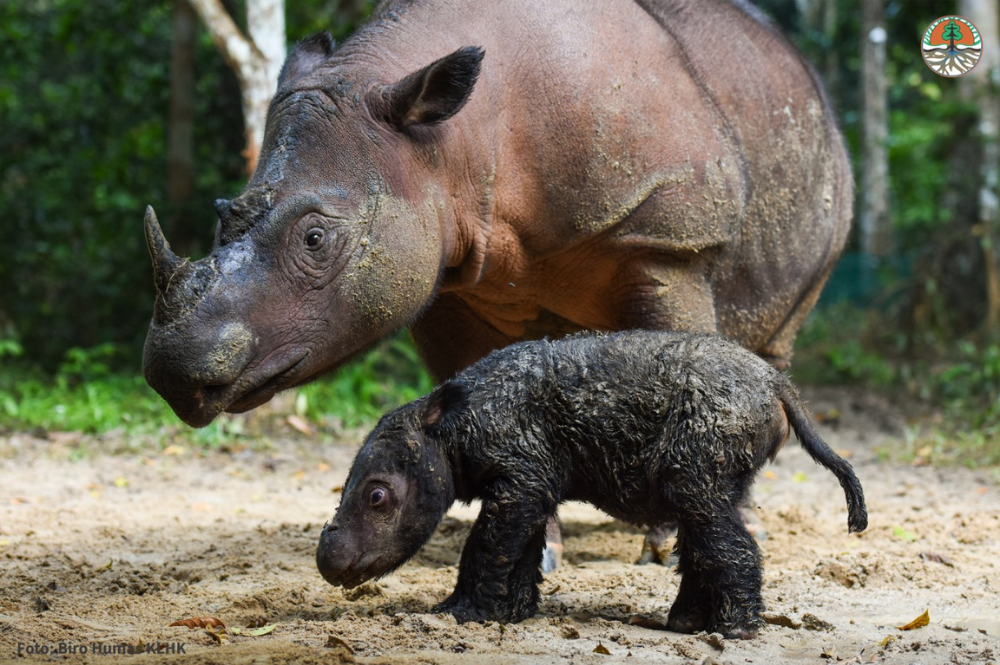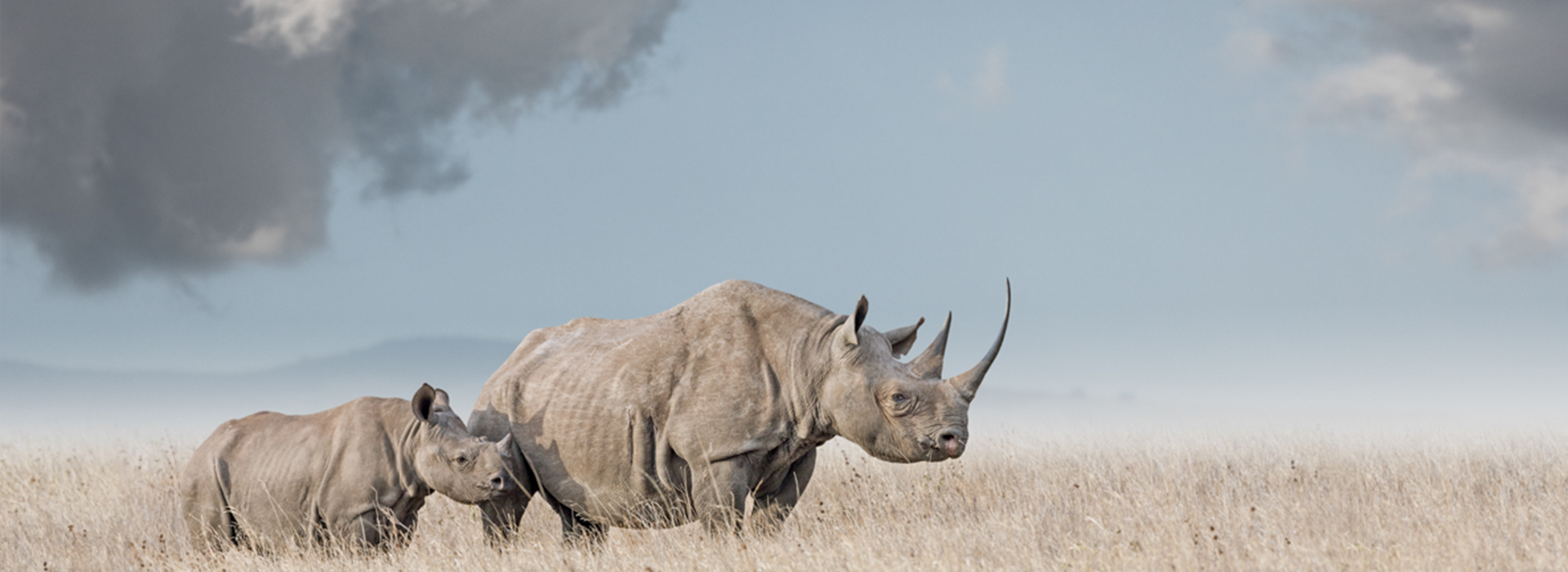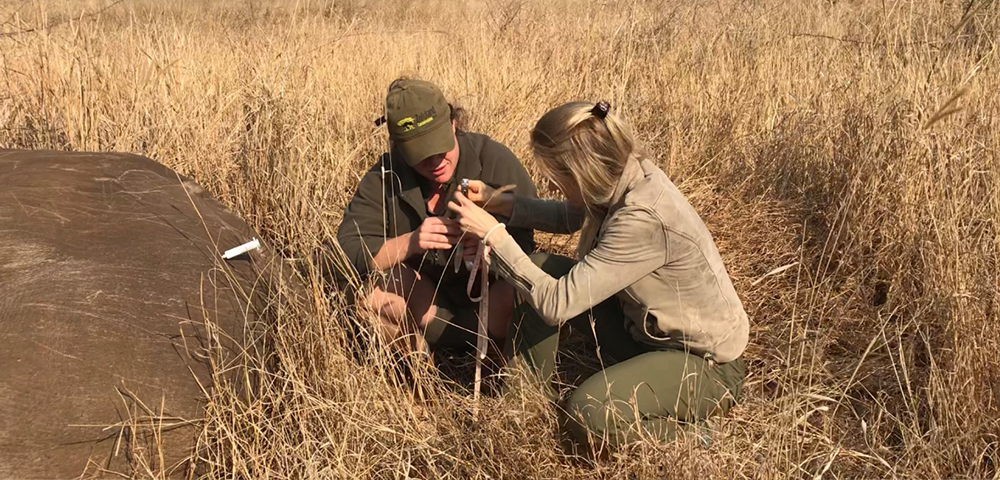Sumatran rhino | Population, Habitat, & Facts

Common Names
- Sumatran Rhinoceros
- Asian Two-Horned Rhinoceros: the only two-horned rhino in the Asian region.
POPULATION
Fewer than 80, including about 30 mature individuals.
Scientific name
Dicerorhinus sumatrensis was derived from the word “Dicerorhinus”: from the Greek di, meaning “two” and “ceros”, meaning “horn” and “rhinos”, meaning “nose” and “sumatrensis” referring to Sumatra (with the Latin-ensis, meaning locality).

Location
Sumatra and Borneo Indonesia’s Bukit Barisan, Gunung Leuser, and Way Kambas National Parks, and a small population were recently found in central Kalimantan. Sumatran Islands Lowland and Montane Forests, Kalimantan Forests.
Habitat
Dense highland and lowland tropical and subtropical forests.
Biology
The Sumatran rhino lives in dense tropical forests, both lowland and highland, mainly on the Indonesian island of Sumatra.
This species is a browser and an opportunistic feeder. These tropical forest dwellers are generally solitary.
The Sumatran rhino is considered the most ‘primitive’ rhino species, because of its hairy skin and other prehistoric characteristics. It is the closest living relative to the famous wooly rhinoceros that lived in the frigid lands of Europe and Asia during the Ice Age
Physical characteristics
They are the only Asian rhino with two horns. They have long hair all over their body and are more closely related to an extinct species of rhino, the wooly rhino, than any of the other rhino species alive today.

Skin
The Sumatran rhinos are very small and have unique skin folds with two prominent folds in the skin that circle the body behind the front legs and before the hind legs, and lesser folds on the neck and at the base of the legs. The skin is fairly thin, about 10-16 mm, and is soft and pliable. Sumatran rhinos also have a prehensile upper lip, which assists in grasping their.
The calves on the other hand are born with a dense covering that turns reddish-brown in young adults and becomes sparse, bristly, and almost black in older animals. The Sumatran rhino has Fringed ears and reddish-brown skin, variably covered with long hair.
Size
Sumatran rhinos are by far the smallest species of rhino; they weigh between 500-960 kg. Their height is usually somewhere between 1-1.5 meters.
Skin color
Sumatran rhinos have a reddish-brown skin.
Hair
These are the hairiest species of rhinos. This can vary from a short, bristly coat common in the wild, to a shaggy fur for those in captivity because there is less abrasion from vegetation. Their ears have a fringe of long hairs, and the tail end has a tuft of thicker hairs.
Horn
The Sumatran rhinos have two horns. The front horn is larger and measures 10 – 31 inches (25-79 cm) long. The second horn is smaller, generally less than 3 inches (10 cm).
Sumatran rhinos have two horns with colors ranging from dark gray to black. The horns are usually very smooth and form a slender cone that is curved backward.
The larger horn (anterior) horn is between 15-25 cm long, and the smaller horn (posterior) horn is much smaller, usually just a few centimeters, and resembles an irregular knob on the tip of the nose.
The front horn is usually 25-80 cm long, while the posterior horn is usually quite small and often no more than 10 cm. The longest horn ever found was 81 cm long, and is now in the British Museum, London

Life cycle
Sumatran rhinos prefer lower altitudes, especially secondary forests where low-growing plants are more abundant. Their habitat ranges from lowland swamps to montane forests, but they generally favor forests with thick vegetation.
Females are assumed to reach sexual maturity at 5-7 years, while males reach sexual maturity and mating age at 10 years.
Sumatran rhinos give birth mainly in the reading season between October and May delivering one calf at a time, every 3-4 years. Calves gain independence at 16-17 months and may join other calves before taking up a solitary lifestyle.
Life span
Sumatran rhinos are estimated to live an average of 30-45 years in the wild, while the longevity record for those in captivity is almost 33 years.
Population & distribution
The Sumatran rhino once roamed from the foothills of the eastern Himalayas in Bhutan and India, through Myanmar, Thailand, possibly to Vietnam and China, and south through the Malay Peninsula.
The species is found now in small populations on the island of Sumatra in Indonesia. These scattered populations are mainly confined to Gunung Leuser, Kerinci-Seblat, and Bukit Barisan Selatan National Parks. A few are also still living in Kalimantan.
Diet
The Sumatran rhino is a browser and it eats about 40 - 60 kg worth of food a day. Its diet consists of a diverse range of tropical forest plant life fruit e.g. wild mangoes, figs, leaves, twigs, and bark. Sometimes they even venture into cultivated areas to eat crops.
They eat the tips of plants growing on the forest floor, browse the leaves from sapling trees that they break to reach the crown, and also pull climbers from trees. They feed mostly on small patches of juicy secondary vegetation created by landslides or tree falls and along river banks. They are also fond of fruits that have fallen from the forest trees.
Behavior
Sumatran rhinos spend a large part of the day wallowing in mud holes. They also use temporary pools and puddles which they deepen with the feet and horn. In mountain areas good places for wallows are scarce. Some areas are used repeatedly to the extent where it becomes characteristic hold if the and slope.
The rhinos need to have access to mud wallows as it is essential for thermo-regulation, skin condition and also to get rid of ectoparasites (parasites that live on the surface of their host) and biting insects.
Sumatran rhinos are known to use logged areas where regenerating plants are abundant. This is, however, very risky since the construction of logging roads makes areas more accessible to poachers.

Salt licks
Each rhino has a salt link that it visits regularly at least once a month. The salt kick is the territory where the calves stay. These licks have large footpaths leading to them since the rhinos continuously visit which makes them obvious to poachers. Other animals: deer, zebras, and elephants also visit the salt locks for essential materials. Salt licks also appear to be important social focal points, where males can pick up scent marks from females on heat. Unfortunately, the big trails leading to the salt licks also attract poachers, who place their traps and snares around the licks.
How threatened are they?
Sumatran rhinos are more threatened due to habitat loss and fragmentation. The remaining rhinos survive in a small, fragmented population. With limited possibilities to find each other to breed, its population decline continues. Just two captive females have reproduced in the last 15 years.
Poaching is a major threat to the species. The species is very vulnerable to extinction due to natural catastrophes, diseases, and inbreeding.


